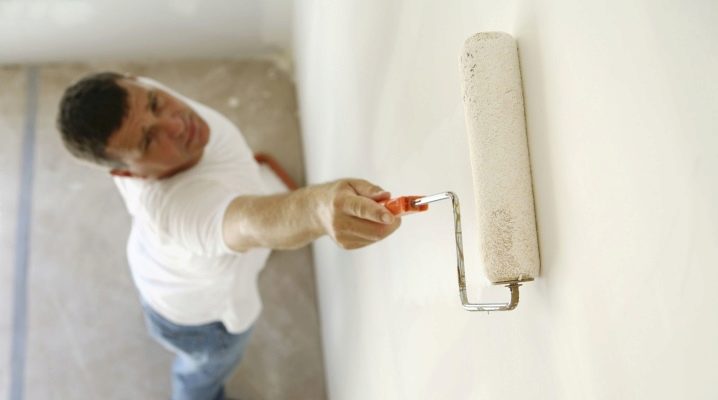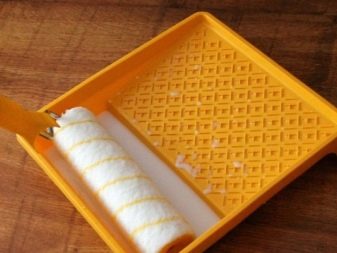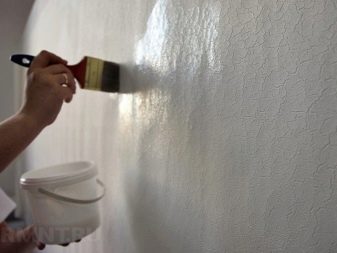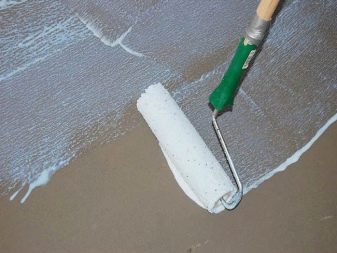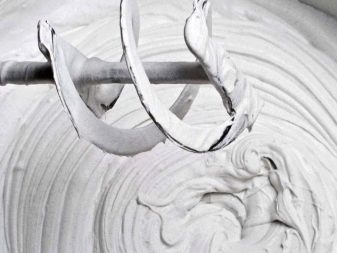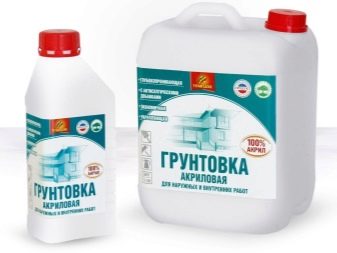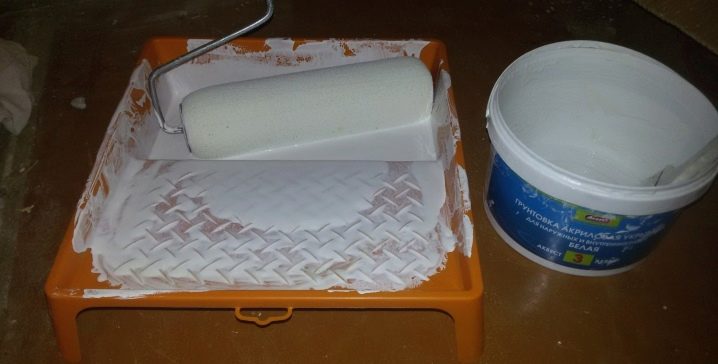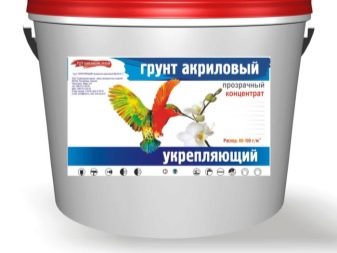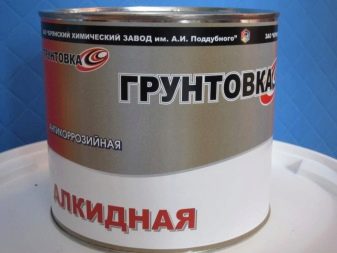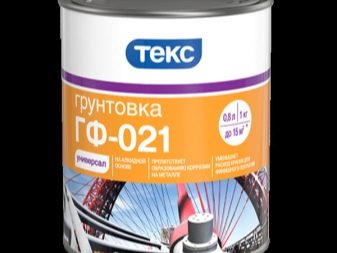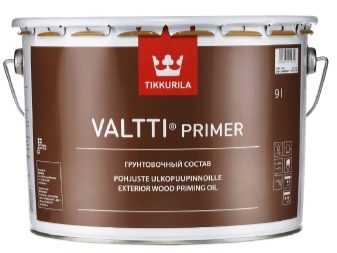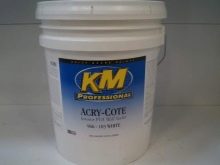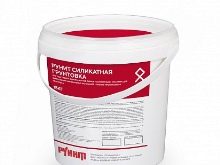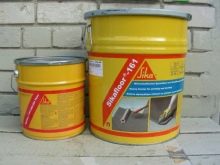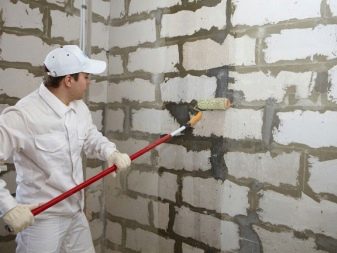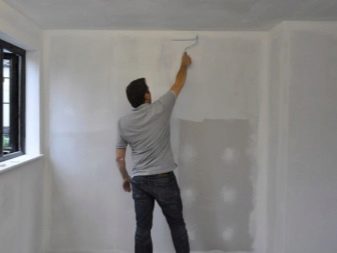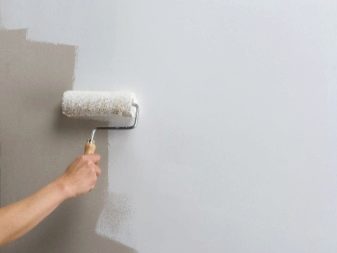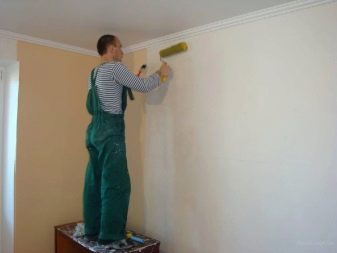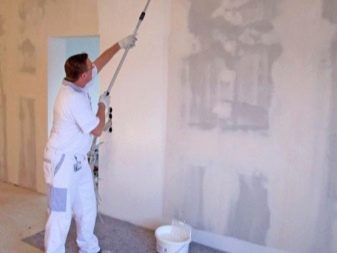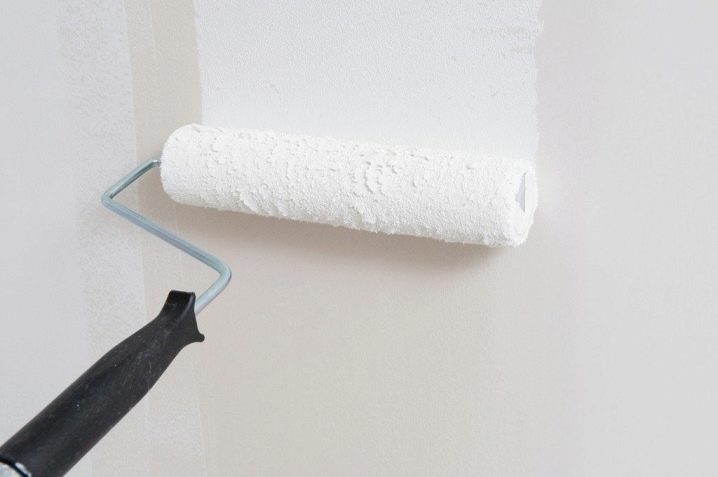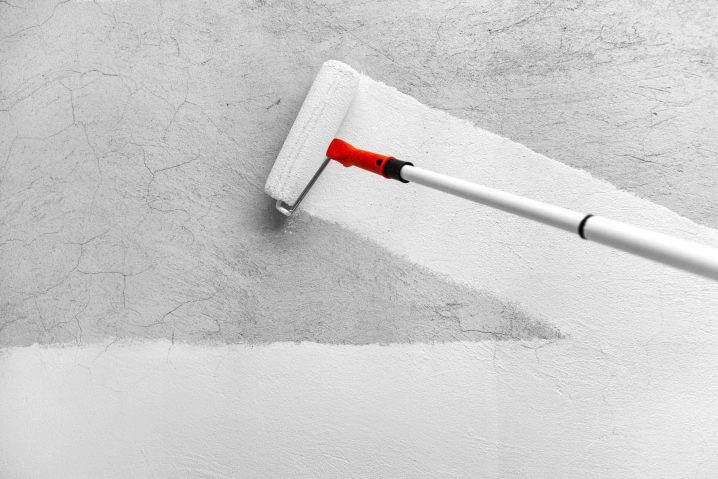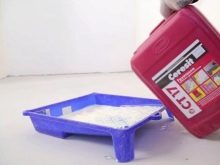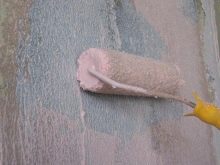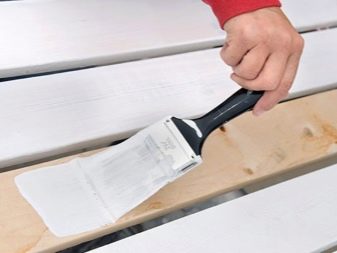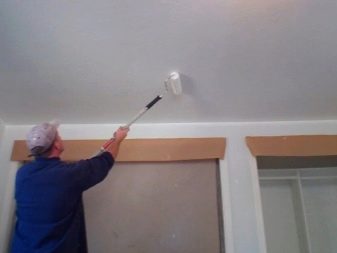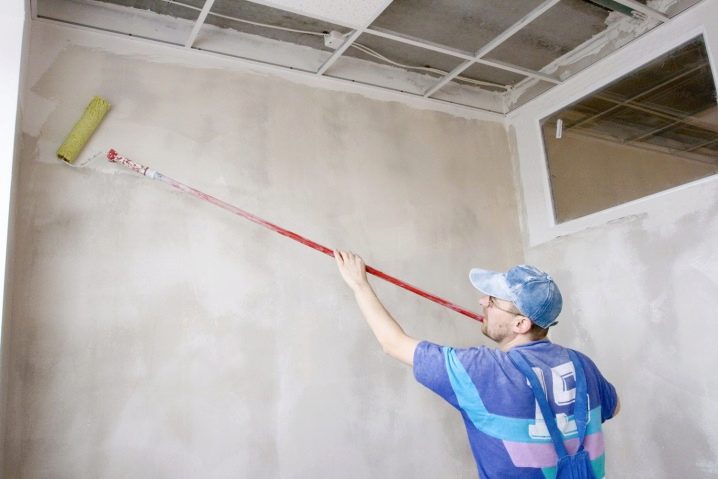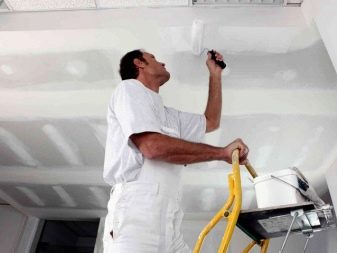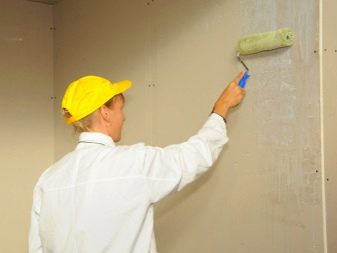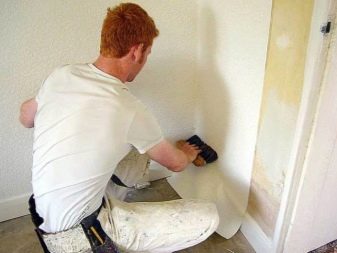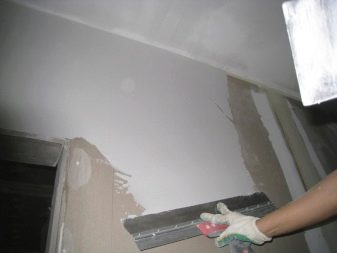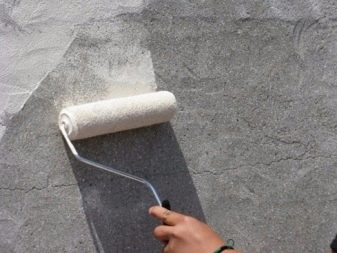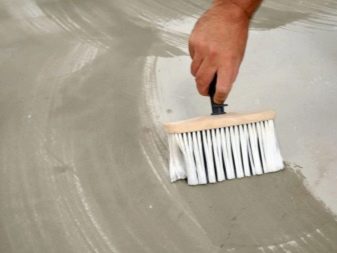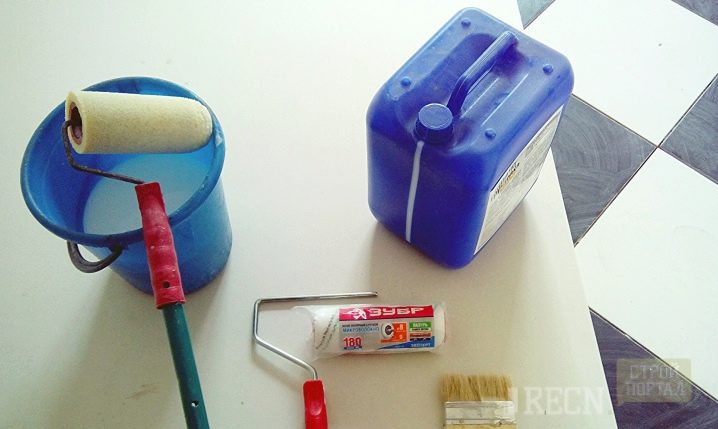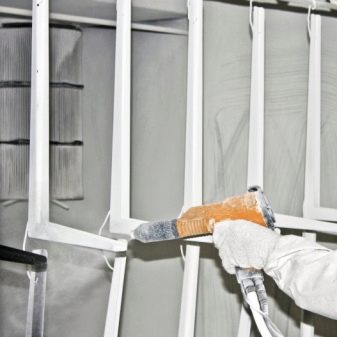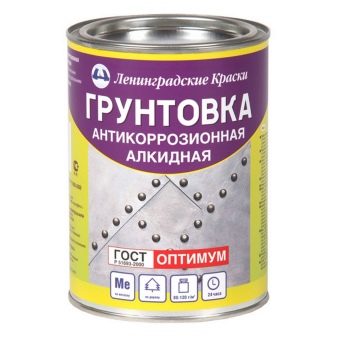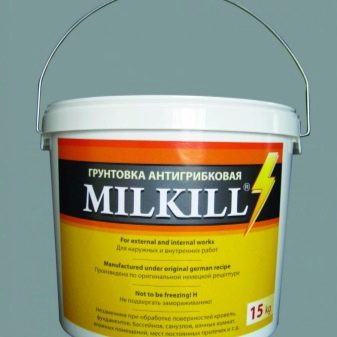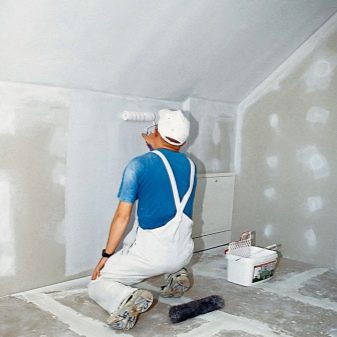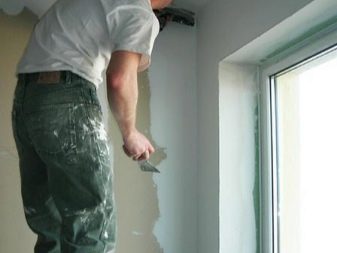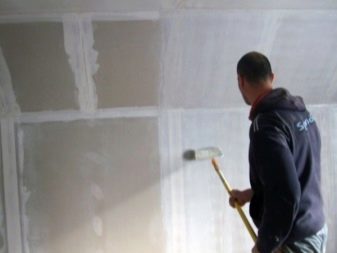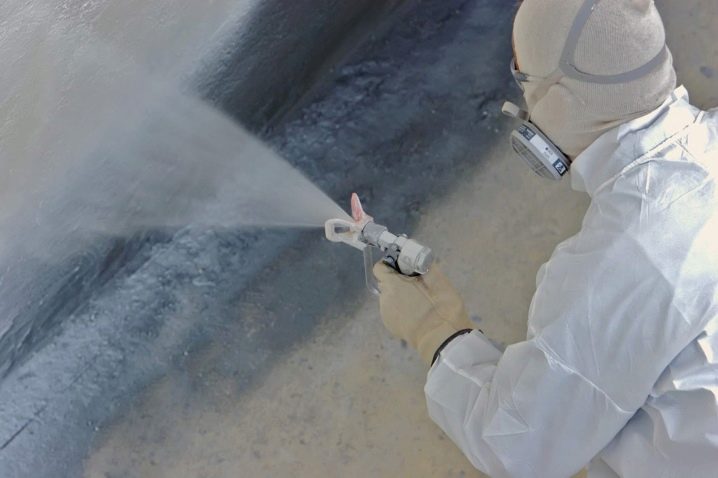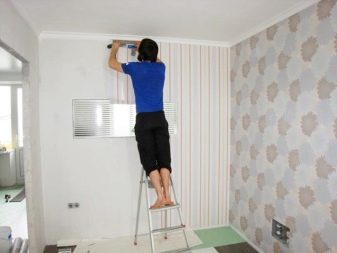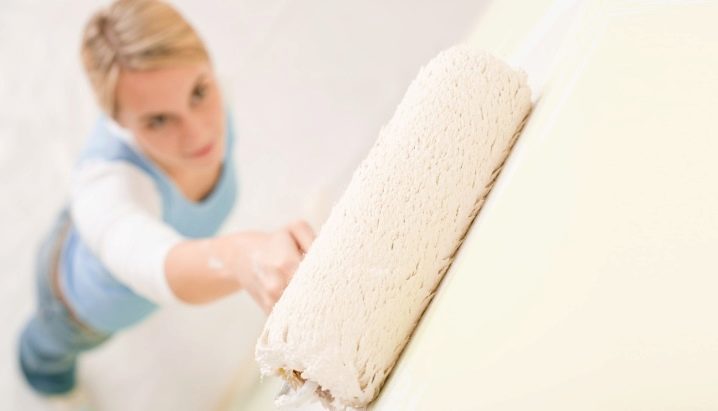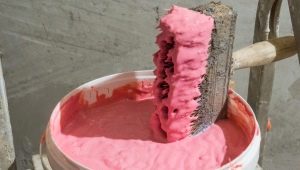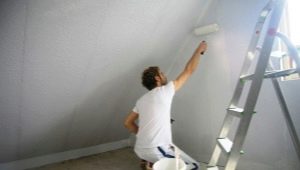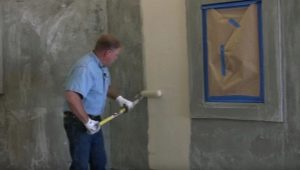How long does the primer dry?
At present, it is difficult to imagine repairs without the use of modern materials and tools. They help builders create better and more durable coatings.
One of these tools is a primer. This tool helps the adhesion of materials and levels the surface.
Special features
It is important to know how long it will take for the primer to dry. This is the necessary information for workers and craftsmen to know when to begin a new phase of repair work. This figure is extremely important in the process of overhaul and finishing works.
This is a unique agent that helps improve adhesion. The main advantage of the primer is its binding ability. Due to this characteristic, the consumption of paint, adhesive composition and other materials is significantly reduced.. High-quality primer material has good antibacterial and antifungal properties. Thanks to these characteristics, you can safely engage in sticking wallpaper and not be afraid of the future appearance of fungus and mold.
A number of people consider the use of this tool before painting or pasting walls meaningless. Most often this applies to novice craftsmen or people who want to independently carry out repairs in their home. Only over time, they begin to understand how deeply wrong they were. After all, pre-priming of the walls helps to save considerably by reducing the consumption of finishing materials.
After applying the primer on the wall, you must wait a while before continuing with the repair work. Standby manufacturers usually indicate on packages with a solution. But this criterion may vary due to the type of foundation and other aspects. In the presence of a dry or porous surface, it is possible to proceed to further work in a very short time.
Before buying this tool it is worth deciding which surfaces it will be used for. Do not forget about the attached instructions to the solution.The higher the penetrating power of the primer, the better it is.
Kinds
Currently, there are several types of primer on the construction markets and in stores.
Consider the most popular ones:
- Acrylic based primer is versatile.. It can be used to treat virtually all surfaces. After applying this tool, any surface becomes smoother and absorbs less moisture.
- For woodworking, choose an alkyd solution.. It is also perfect for machining metal parts.
- Glyphthalic It is used as a basis for sticking wallpaper and other materials. It can be applied before putty and plaster.
- Aluminum solution Suitable only for work on a wooden surface. This primer helps protect against moisture and also prevents the appearance of fungus and mold.
- Polyvinyl Acetate used as a base for painting. They should be used for special types of paint, concrete and wooden substrates.
- Silicate primer should be applied on brick walls or under decorative plaster.This tool penetrates deep into all cracks and fills them well.
- Epoxy primer perfectly manifests itself on the concrete surface.
Dries primer differently. It depends on the primers of the substance and the air temperature in the room.
When do I need to prime?
Priming mixture can rightly be called the most versatile remedy for repairs. It helps to firmly connect building materials together and prevents the formation of corrosion.
If in the process of work the walls were plastered, then they can be primed only after a month.. Stir the mixture thoroughly before painting the walls. Usually it is applied in one layer, but in some cases it is required to apply several. The second layer is applied after the first is completely dry.
Primers are applied to plaster or paint. In this situation, the primer acts as a link between the particles of paint or plaster, it helps to make the wall or ceiling more even and saves paint or glue by reducing the absorbent properties of the surface.
When working with putty primed walls are also necessary.If it is applied in several layers, then before each new layer it is necessary to cover the surface with a primer mixture.
Regardless of what the wall is made of, there will be cracks and various irregularities in it. The primer blend helps smooth it out. Due to this, the next layer of finishing material falls more smoothly.
Primer improves paint adhesion to any surface.. This protects the paint from cracking. Primer mix helps save putty. When dried, it forms a special film that prevents the appearance of stains and fungus.
On the primer is much easier and smoother layer putty. The composition of the mixture includes various elements that prevent the formation of fungus and mold.
The primer is applied on dry surfaces, pre-well-degreased.. If you do not follow these rules, you can end up with uneven paint, cracks or peeling of putty and wallpaper.
Before you begin pasting wallpaper, walls need to be well prepared.
Priming mixture is diluted in a large container according to the attached instructions. If lumps appear, they need to be mixed thoroughly.. This will help drill with a special nozzle.
Then the resulting solution should be applied to the wall. Skilled craftsmen use a roller. This helps minimize your time costs.
After the first layer is applied, you need to wait a certain time. Its amount will depend on the type of primer. Then the second layer is applied, and after it is completely dry, you can proceed to the finishing work. This will help reduce the amount of material absorbed into the drywall.
What affects the drying time?
The drying process is influenced by several criteria:
- Climatic conditions in the room. If the room is too hot or cold, the primer will dry for a very long time.
- The thinner the primer layer, the faster it will dry.
- The composition of the primer includes special formulations that tend to quickly evaporate from the surface.
- Drying time depends on the structure of the surface on which it will be applied. The deeper the mixture gets inside, the longer it will dry.
Before you start sticking wallpaper, you need to wait until the primer is completely dry.
As a rule, manufacturers indicate information on the basic composition and approximate time required for drying the solution. Also, time depends on the type of primer material. Acrylic based products dry out within 5 hours.
Alkyd mixtures dry for a very long time.. Wait for this will take from 20 hours or more. An important criterion will be the air temperature in the room. The glyptal primer dries the longest. It can take more than 24 hours to dry. BUT the quickest in this regard are water-based funds. After their application to the wallpapering can begin after 20 minutes.
When applied to a wall, it is important to follow a few basic rules:
- maintain the same temperature in the room;
- avoid drafts, as they can cause uneven coverage;
- do not use artificial drying to speed up the drying process of the primer.
After the surface is ready, you need to immediately start sticking wallpaper. When working with putty used a slightly different technology works. It is necessary to start the putty immediately after applying a layer of primer.
A deep penetration solution has several features. If the wall is porous, then you may need two layers of primer. The ideal temperature for working with such a solution should not exceed 25 degrees Celsius.
Using paint on the floor, walls and ceiling is the fastest way to change the interior in an apartment or house. The paint can also be used in the bathroom, where the humidity is constantly high.
If you can not remove the old layer of paint, then on top of it you need to apply a thin layer of primer. For such a case there is a special mixture. After its application it is possible to paint the surfaces in 2 hours.
On a concrete wall it is worth using a certain type of primer. As a rule, in this case, the mixture is best behaved on an acrylic base. For the facade is to choose a film-forming mixture.
Useful recommendations
Skilled craftsmen and builders recommend that you carefully consider the choice of primer. The choice of a particular tool and a particular manufacturer will depend on the characteristics of the surfaces to which the primer will subsequently be applied.
The smooth surface of the concrete wall needs to be mixed with abrasive particles.. They will make the surface more rough, which will contribute to a better application of subsequent finishing materials.
Metal surfaces must be coated with a special mixture with anti-corrosion properties. This will protect the metal from rust.
For wooden surfaces there are special water-based primers.. They will keep the wood as long as possible and protect it from rotting and increased moisture absorption. The composition of the primer should be substances that prevent the appearance of bark beetles and other pests. If new wood is treated with shellac, it will not give off resin. This will help to further avoid differences in shades.
For rooms with a high degree of humidity it is worth using a primer with an antibacterial effect. This information is usually written by the manufacturers on the packaging material.
To work with plasterboard, use a deep penetration primer.. This will help reduce the amount of material absorbed into the wall covering.
Putty putty before the primer mixture is needed for better adhesion of all materials. But primer applied over the putty will contribute to a long service life. It is worth paying attention and buying formulations from one manufacturer. This will allow all substances and components to more fully disclose all their properties and perform their functions in the most qualitative manner.
After applying the mixture, you should avoid temperature drops in the first 3 days., after use. Otherwise, the entire coating may crack.
Some experts apply a primer with a spray gun. This will help beginners to achieve a more even application to the surface.
Experienced builders recommend, in order to save the budget for some premises, to do the primer mix yourself. It is important to calculate the required amount of building materials.
The old layer of plaster can sometimes not be removed. But before sticking wallpaper on it you need to go with a mixture of deep penetration.
Some surfaces absorb a lot of moisture and have a porous structure.To determine the necessary amount of funds for them, it is necessary to make a small check. A piece of foam rubber is wetted in water and applied to the desired surface. In places where the liquid is absorbed faster, you will need more primer mixture.
The primer should be applied only to the one on the surface from which the mold and fungus have been carefully removed.
The walls before applying the finish coating must be primed. This is the same opinion of all experienced craftsmen. Thanks to this technology, you get a durable coating that will last for many years.
From the video below you will learn the best way to ground the walls under the wallpaper and under the paint.
